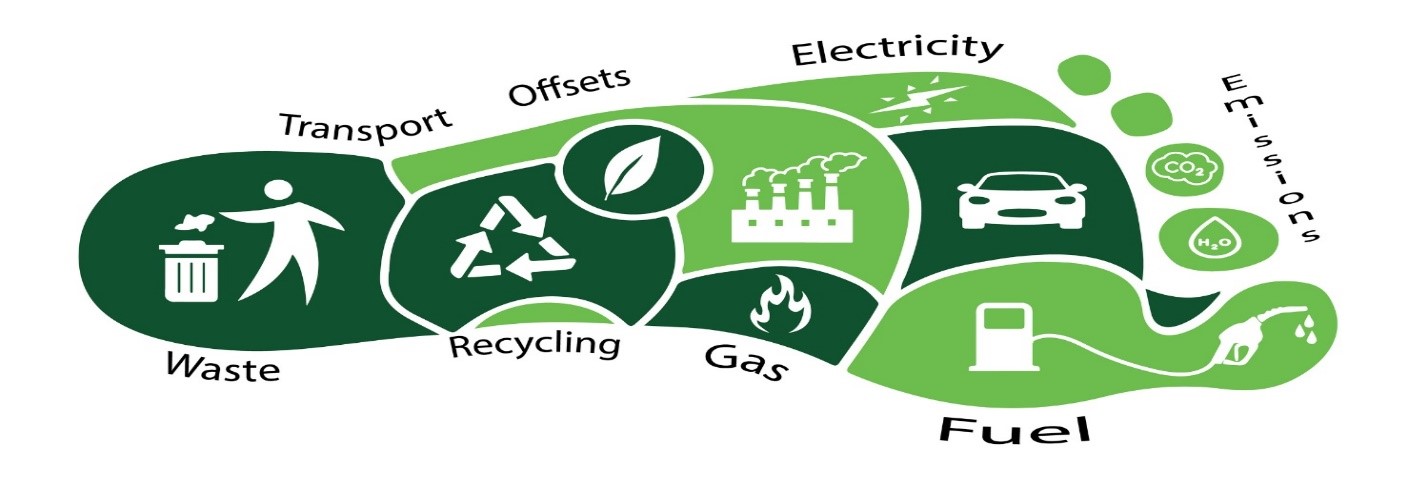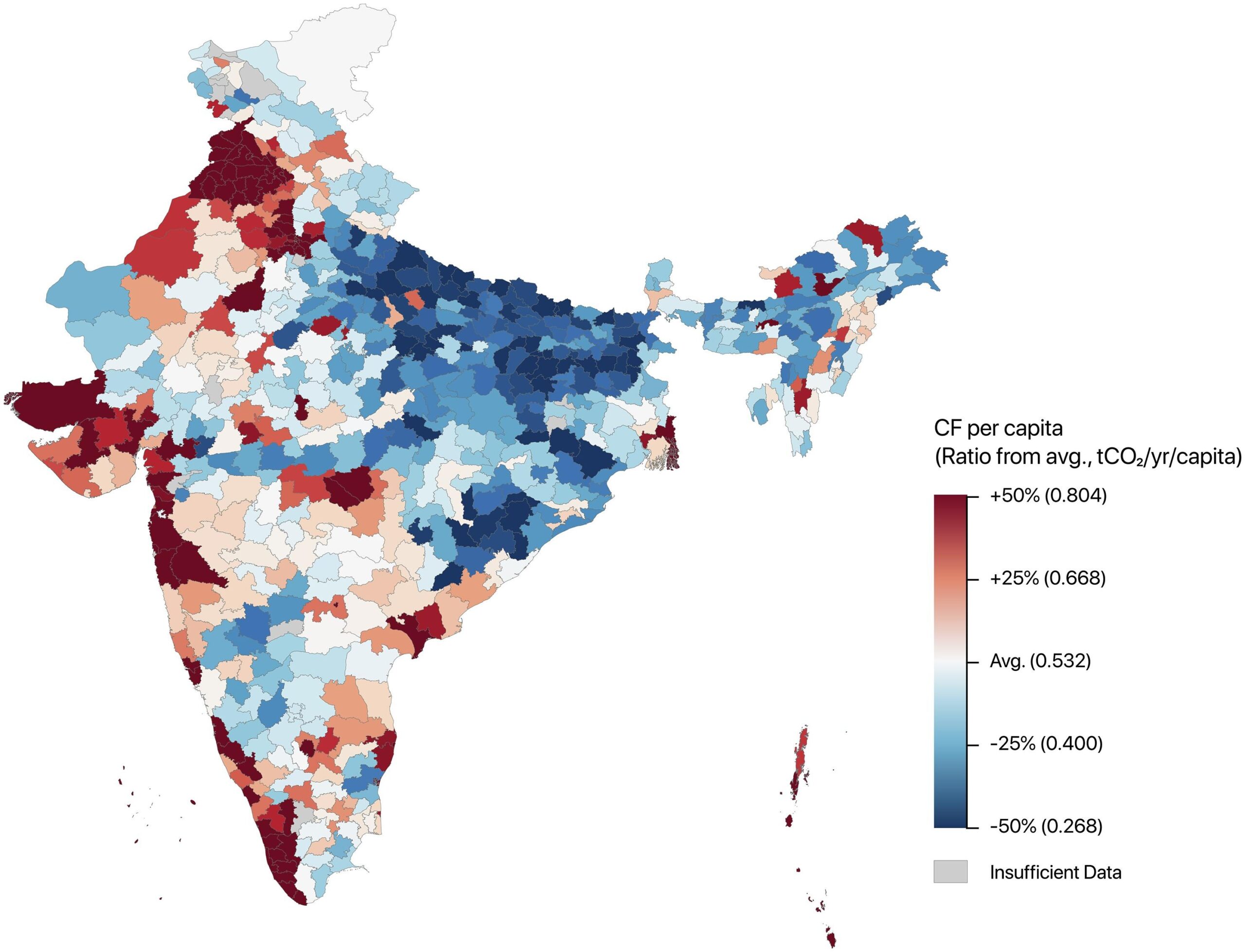Carbon Consciousness
14 Aug 2022 | Climate Change | Climate Action| Web3.0

Being environmentally conscious is not all about plastic bags; it’s about making everyday choices. It’s about being aware of the Carbon Footprint we create when we consume that carbonated beverage we drank last night. Carbon footprint created while manufacturing one Crate of Beer?
Welcome to “Carbon Conscious” living. This article will briefly discuss Product Carbon Footprint, Household Carbon Footprint and Food Carbon footprint.
We can be more conscious about reducing pollution, protecting wildlife, conserving natural resources and taking other actions to help slow the rate of climate change. Conscious of our Carbon footprint will undoubtedly help us slow down climate change.
Climate Action is no more confined to Corporate, and NOW is the time to define Individual responsibility and the importance of collective action in tackling environmental challenges, climate change, and economic development.

The First and Foremost step to Climate Conscious is knowing the product’s carbon footprint we create while we consume a specific food or beverage.
How much are greenhouse gas emissions associated with a product’s life cycle? The answer we can find from Product Carbon Footprint (PCF).
The PCF sums up a product’s total greenhouse gas emissions over the different stages of its life cycle. For example, a cradle-to-gate (partial) PCF considers all the processes from extracting resources through manufacturing precursors and making the final product itself up to the point where it leaves the company gate. A cradle-to-grave PCF covers the product’s complete life cycle, including the product’s emissions from the use phase and end-of-life.
The Product Carbon Footprint (PCF) Methodology is a proven method for determining the Carbon footprint of a specific product(s). PCF methodology helps determine carbon footprint from raw material to recycling or disposal. The Product Carbon Footprint helps identify, analyse and, with suitable measures, reduce or (ideally) avoid these impacts. PCF is becoming increasingly crucial as the Global Climate Goals by 2050 aim for Carbon Neutral world.
While measuring the Carbon Footprint, a distinction is made between direct and indirect emissions, otherwise known as Scope 1 to Scope 3
Scope 1 categories all emissions caused by the company, such as emissions from fossil fuels, emissions from chemical and physical processes etc
Scope 2 categorises all the indirect emissions from external electricity, heat, cooling or steam providers.
Scope 3 Categorises All other indirect emissions that occur either in the upstream supply chain or during product (for example, purchase of Products)
Product Carbon Footprint (PCF) is more than Co2.
The climate impact of the various greenhouse gases is expressed in CO2 equivalents since the gases have different global warming potentials.
- Methane (CH4)
- Nitrous oxide (N2O)
- Hydrofluorocarbons (HFCs)
- Perfluorocarbons (PFCs)
- Sulphur hexafluoride (SF6)
- Nitrogen trifluoride (NF3)

Household Carbon footprint.
You can find out your home’s carbon footprint by looking at your electric bill — multiply the Kwh used by (0.85 lbs (0.3856kgs) of CO2 USA)
India, for the year 2022, the multiplication factor is 0.76kgs of Carbon Footprint per Kwh. It is expected to slide down further by 0.524kgs of Carbon footprint per Kwh by 2025-26 (Source erpc.gov.in). For example, if your monthly electricity consumption is 380 Kwh, the monthly carbon footprint is 288.8 Kgs Co2e and yearly 3,465.6 Kgs Co2e.

Food’s Carbon footprint
Food Carbon Footprint is the greenhouse gas emissions produced by farming, processing, transporting, storing, cooking and disposing of the food we consume.
In the USA, each household produces 48 tons of greenhouse gases. Transport, housing and food have the three most significant carbon footprints. Food produces about 8 tons of emissions per household, about 17%. Compared to India, we produce an 8.832MT of Carbon Footprint (Per capital, 1.85MT India has a 4.8 average household size). The study provides some interesting facts.
- Maximum Household Carbon footprints across the socio-economic group are from electricity consumption ranging from 26% to 36% in low-income to high-income groups, respectively.
The minor household emissions came from spending on education, gas, medical care, and other energy like fuelwood, dung cake, and kerosene.
Electricity is the biggest driver of India’s carbon emissions due to its reliance on coal-based power plants: Coal accounts for 74% of India’s electricity generation and is the source of one-third of the country’s total greenhouse gas emissions.”
New reports suggest that livestock agriculture produces around half of all man-made emissions worldwide.
Changing the food habit that we eat can have a significant impact on one’s carbon footprint, and this also reduces pollution, preserves the environment and slows down global warming. Many of these changes will also save money, improve your health and even keep us fit!
Food
- Food accounts for 10-30% of a household’s carbon footprint, typically a higher portion in lower-income families.
- Production accounts for 68% of food emissions, while transportation accounts for 5%.
- Food production emissions consist mainly of CO2, N2O, and CH4, which result primarily from agricultural practices.
- Meat products have larger carbon footprints per calorie than grain or vegetable products because of the inefficient conversion of plant to animal energy and due to CH4 released from manure management and enteric fermentation in ruminants.
- Ruminants such as cattle, sheep, and goats produced 179 million metric tons (MMT) CO2e of enteric methane in the U.S. in 2019.
- In an average U.S. household, eliminating food transport for one year could save the GHG equivalent of driving 1,000 miles, while shifting to a vegetarian meal one day a week could save the equivalent of driving 1,160 miles.
- A vegetarian diet significantly reduces an individual’s carbon footprint, but switching to less carbon-intensive meats can also considerably impact. For example, beef’s GHG emissions per kilogram are 7.2 times greater than those of chicken.
Source Carbon Footprint Factsheet | Center for Sustainable Systems https://css.umich.edu/
While Carbon dioxide provides the carbon which is the building block of all life and necessary carbon for existence, the excess Carbon Dioxide in the atmosphere is one of the leading causes of climate change.
This CO2, caused primarily by burning fossil fuels, gets trapped in our atmosphere and causes the planet to heat up, also known as the ‘greenhouse effect”.
When we plan to reduce our carbon footprint, we must be aware of what actions cause substantial carbon emissions.
Educating and creating awareness among those around us on the importance of carbon consciousness is crucial in the fight against climate change.
Write to us journey@trst01.com
Share Blog on: